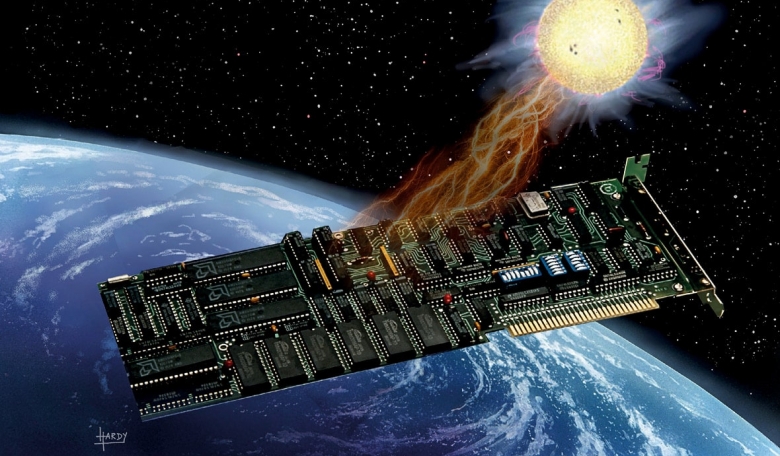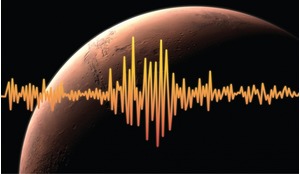Views of space weather have undergone significant changes, transforming it from scientific curiosity to commercially-recognised threat. Historically, awareness of space hazards was limited to countries with operational space science missions, but the growing volume and variety of infrastructure interconnections has changed the status of space weather among the space community, while the magnitude of the associated terrestrial hazards has further broadened the remit of space weather risk analysis. The corresponding challenges and opportunities are the focus of this article.
It is a sobering fact today that natural hazards account for the majority of economic losses in the world. According to the World Economic Forum’s risk matrix - which is among the most credible – the risk of a “major natural disaster” has increased over the years, both in terms of impact and likelihood. Amid more commonly known natural hazards, space weather is now recognised as a key natural hazard of the modern technological era.
Power grids are considered to be the backbone of modern infrastructures, as a huge variety of business sectors depend on a reliable electricity supply. Global annual electricity consumption is growing faster than the population growth - 60 percent against 20 percent – and, in 2018, electricity consumption grew nearly twice as fast as the overall demand for energy. Figure 1 depicts some statistics of power outages in the US, in the period 1984-2006, as a function of contingency type, amount of undersupplied power in MW and number of affected customers.
The annual loss in the US from such extreme events ranges from 20 to 55 billion dollars. The experience of European grids show similar patterns of disturbances in that 30-60 percent of outages are weather related. The impact scenario and restoration time is primarily determined by the hazard type, while system restoration depends on the physical vulnerabilities of a specific infrastructure, but this restoration may take weeks, months or sometimes even years.














